Telonics TCA-500C Combo Amp Review
Here's some pictures, sound files and comments on my new Telonics TCA-500C amp. I ordered the combo version with a spare rack slot, a TC Electronic G Major 2 effects unit, a D2F cover, Telonics cable set for the G Major to amp interface, 15" Telonics speaker, and a colored front amp panel. My exact order invoice is listed as:
Some useful links:
|
|

|
| Three full song recordings with real bass, rhythm guitar, EZKeys piano, EZDrummer drums. All pedal steel, guitar and fiddle parts are played through the Telonics TCA-500C. |
| Click here to listen to Release Me with my new Williams steel and the Telonics TCA-500 amp mic'd with a Shure SM-57! |
| Click here to listen to No one Will Ever Know recorded using the Telonics TCA-500 DI interface direct to console |
| Click here to listen to Rubicon Blues recorded using the Telonics TCA-500 DI interface direct to console |
|
|
Sound SamplesHere's some sound samples from my first day of playing through this amp. All samples use the Goodrich volume pedal with a Dunlop Hotpotz, 12' of George L's cable between the amp and volume pedal to roll the highs off a bit, Telonics amp with either a Shure SM-57 or DI direct to console, onto a Zoom R24 then ported to Reaper to convert them to mp3 files at 320 kbps. The last sample (#18) is recorded in stereo with the DI input in the left channel and the Shure MS-57 mic in the right channel. You can pan right or left to compare the channels! Note that listening to this sample (#18) in stereo yields a lot of weird phase cancellations. Viewing the track and scope photos of track 18, it seems that my equipment at some point inverted the DI track! Listed to sample 19 with the DI phase of sample 18 corrected. Both channels are now in phase and can be mixed together as needed. My initial amp settings:
|
|
Selection
|
Recording Method
|
Comments |
|
Shure SM57
|
Amp reverb only | |
|
Shure SM57
|
Amp reverb only | |
|
Shure SM57
|
Amp reverb only | |
|
Shure SM57
|
G Major preset #1, Steel Lloyd Verb | |
|
Shure SM57
|
G Major preset #2, Steel Hughey LgRv | |
|
Shure SM57
|
G Major preset #3, Steel Hughey ShRv | |
|
Shure SM57
|
G Major preset #4, Steel Frank 200 | |
|
Shure SM57
|
G Major preset #5, Steel Just Verb | |
|
Shure SM57
|
G Major preset #6, Steel Short Verb | |
|
Shure SM57
|
G Major preset #7, Steel Big 4+RMod | |
|
Shure SM57
|
G Major preset #8, Steel Chalk Chorus | |
|
Shure SM57
|
G Major preset #9, Steel Buddy Verb | |
|
Shure SM57
|
G Major preset #11, Steel Hawaiian | |
|
Shure SM57
|
G Major preset #15, Steel General 350 (delay + reverb) | |
|
Shure SM57
|
G Major preset #20, Steel Mooney Short | |
|
Shure SM57
|
G Major preset #34, Tel T'BRO' & REV only | |
|
DI to console
|
G Major presets #15, #5 and #2 | |
|
DI (left), Shure SM57 (right)
|
G Major presets #2, #1 and #9, (phase inverted on one channel) | |
|
DI (left), Shure SM57 (right)
|
G Major presets #2, #1 and #9, (same as #18 burt with phase corrected) |
Sample 18 left (DI) and right (Sm57 mic) wav files.


It's takes just a few minutes to manually program these in even without the editing software!
Level/Routing (same for both):
PresetOutlv 0 dB
Globl InLv 0 dB
GloblOutlv 0 dB
Rly1 (tip) Open
Rly2 (rng) Open
Routing Serial 2
RoutingLck Off
Reverb Settings, GregHallRVB
Subtype Hall
REV Decay 3.5 s
REV PreDly 13ms
REV Shape Curved
REV Size Large
REV HiCol Real
REV HiFact 0
REV LoCol Round
REV LoFact 9
REV RoomLv -14 dB
REV RevLev -3 dB
REV Diffus 14
REV Mix 100%
REV OutLev 0 dB
Reverb Settings, GregPlateRVB
Subtype Hall
REV Decay 3.7 s
REV PreDly 4ms
REV Shape Round
REV Size Large
REV HiCol Warm
REV HiFact -5
REV LoCol Real
REV LoFact 2
REV RoomLv 0 dB
REV RevLev -3 dB
REV Diffus 25
REV Mix 100%
REV OutLev 0 dB
I should mention that I use my reverbs and about 5 of the ones provided with the unit, some with delay. They are great for live sound.
|
There are quite a few pictures below. Click on them to see them full size or at least sized to a browser window. Click on the picture again if needed to zoom in even more!
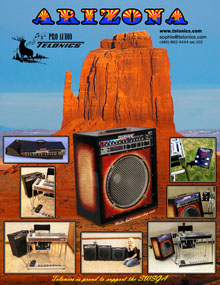 |
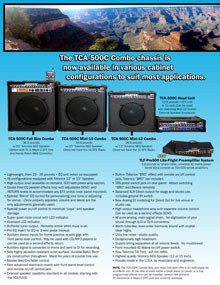 |
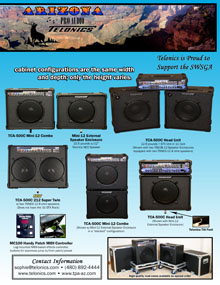 |
||
 |
 |
 |
 |
 |
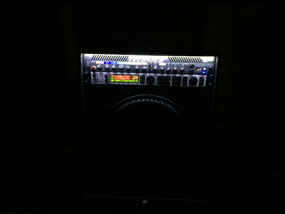 |
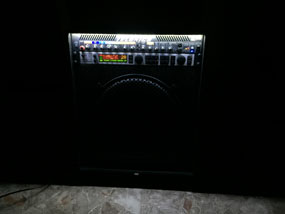 |
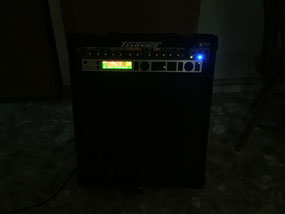 |
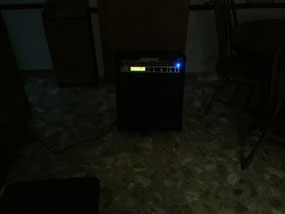 |
 |
 |
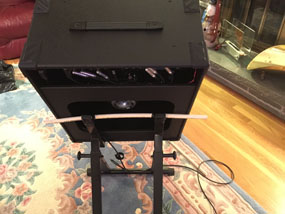 |
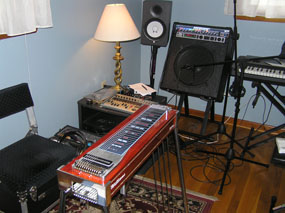 |
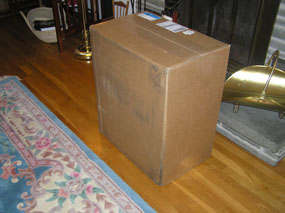 |
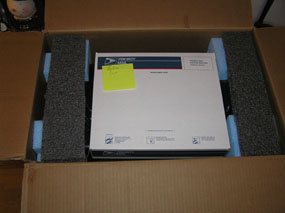 |
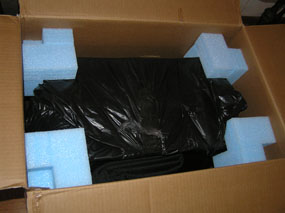 |
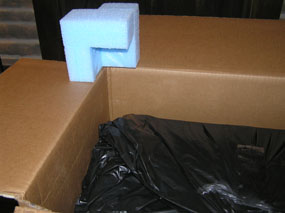 |
 |
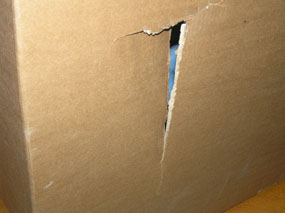 |
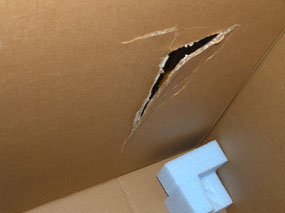 |
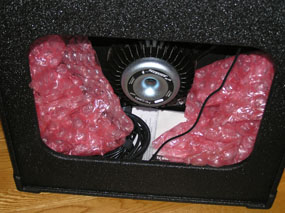 |
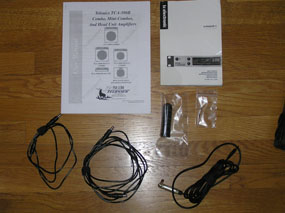 |
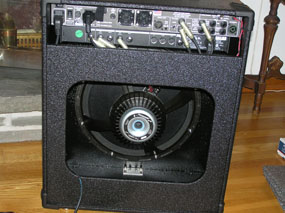 |
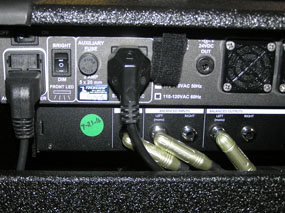 |
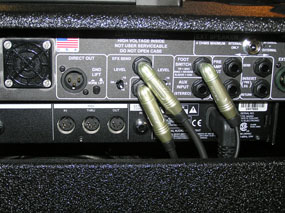 |
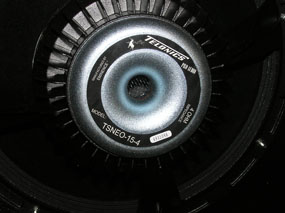 |
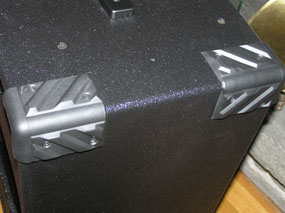 |
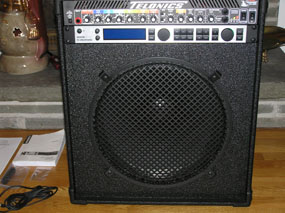 |
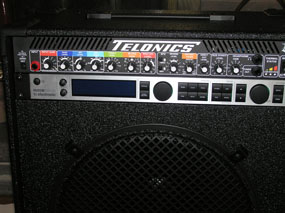 |
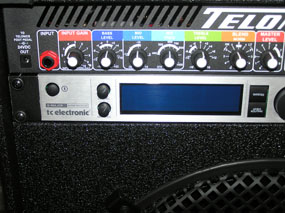 |
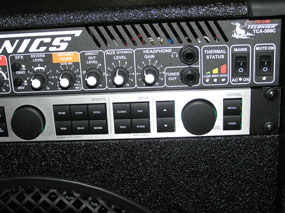 |
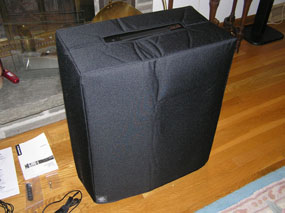 |
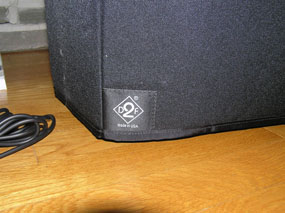 |
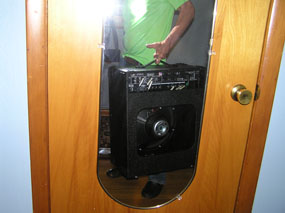 |
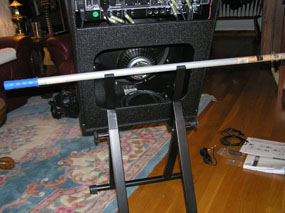 |
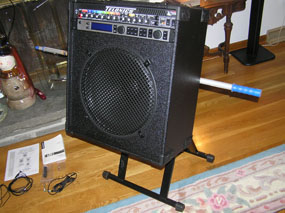 |
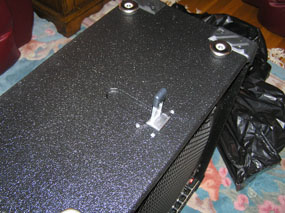 |
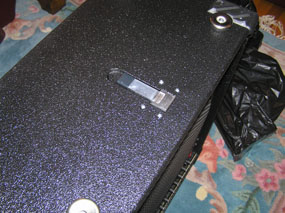 |
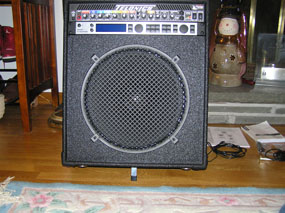 |
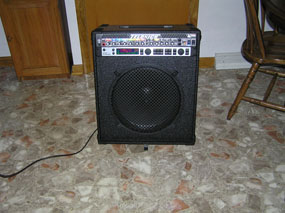 |
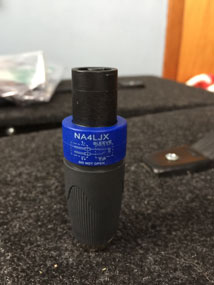 |
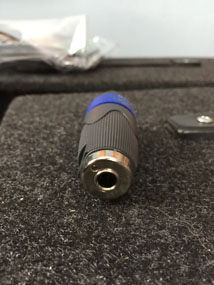 |
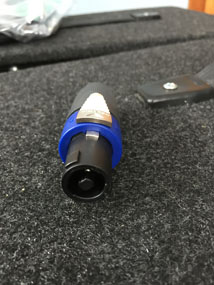 |
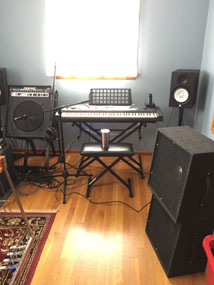 |
Comments? email webmaster Greg ![]()
![]()